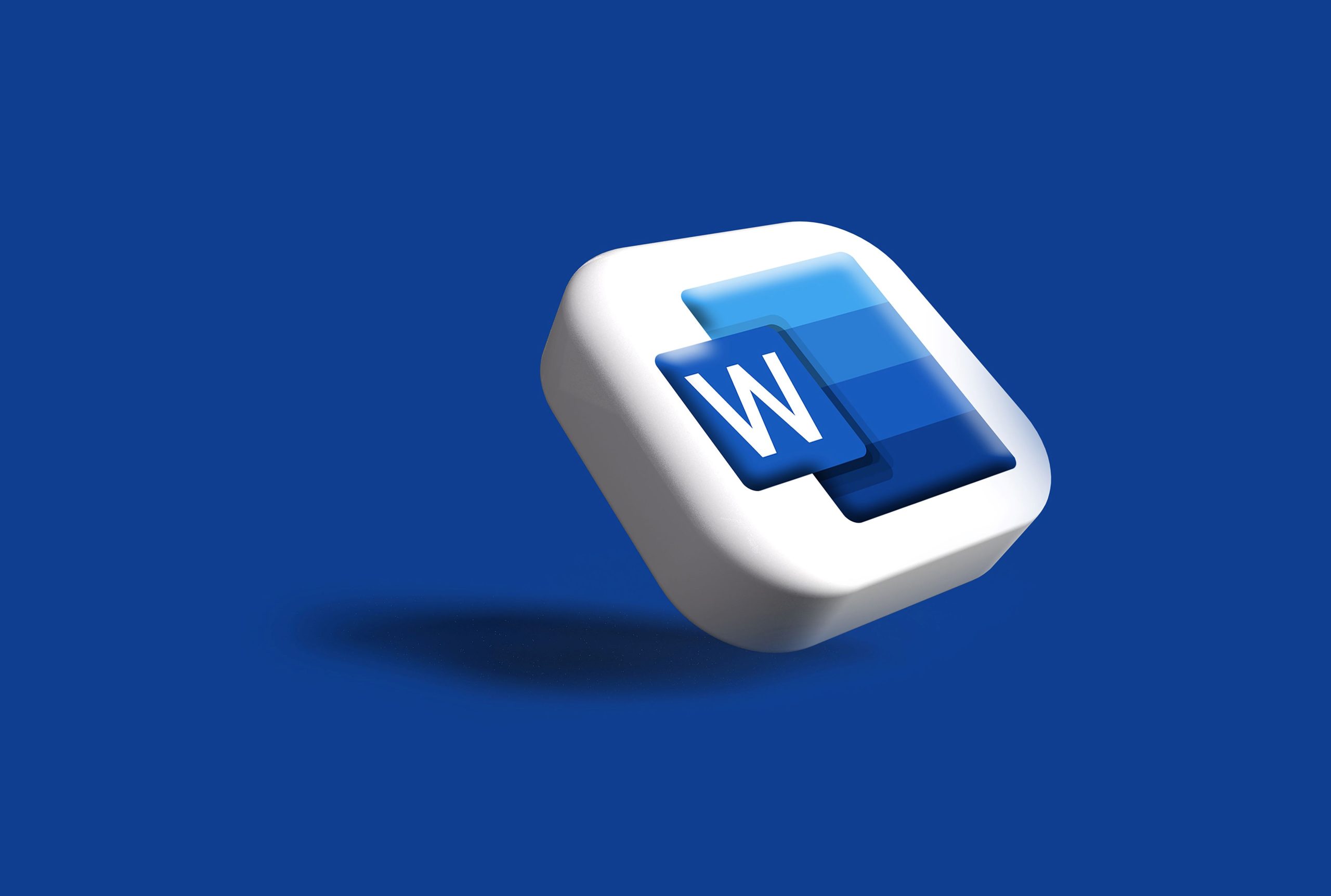Imagine holding a beautifully crafted booklet in your hands, filled with vibrant images and carefully organized information, ready to captivate any audience. Whether you’re creating a charming program for an event, an informative guide for a project, or even a personal recipe book to share with family and friends, the possibilities are endless. But how do you transform your vision into reality using just Microsoft Word?
In this article, we’ll demystify the process of creating a professional-looking booklet that not only looks stunning but is also easy to assemble and distribute. From selecting the right layout to adjusting margins and adding eye-catching graphics, we’ll walk you through each step in detail. With just a few clicks and creative flair, you’ll be able to design a booklet that impresses readers—and maybe even leaves them inspired! So grab your laptop and get ready to unleash your inner publisher as we explore how to create an engaging booklet in Word.
What is a Booklet in Word?
A booklet in Word transforms simple documents into beautifully formatted mini-publications, making them perfect for projects, presentations, or personal keepsakes. Unlike standard documents, booklets are designed to be printed and folded, allowing readers to navigate the content more intuitively as they flip through pages. This format not only enhances readability but also conveys a sense of professionalism and craftsmanship that is often lacking in traditional reports.
Creating a booklet goes beyond basic formatting; it requires an understanding of layout principles and design aesthetics. Word provides tools that enable users to adjust page sizes and margins creatively while incorporating visual elements like images or tables seamlessly. The ability to create a multi-page document organized like a small book opens up endless possibilities—from crafting event programs and brochures to compiling instructional guides or family recipes. As you shape your ideas into this compact form, consider how the organization can guide your reader’s journey through the content—utilizing headings, footers, and well-placed visuals to enhance engagement further.

Setting Up Your Document Size
When embarking on the journey of creating a booklet in Word, setting the document size is your first crucial step. A standard booklet size typically leans towards either A5 or half-letter (5.5 x 8.5 inches), but you can personalize dimensions to suit your publication’s aesthetic and functional needs. Keep in mind that choosing an unconventional size can offer a unique experience—think pocket-sized guides or larger formats for visual-heavy content. By opting for sizes that stand out, you’re not just following tradition; you’re enhancing reader engagement with a personalized touch.
Once you’ve determined your ideal dimensions, ensure that double-sided printing is enabled in the page setup menu. This option allows each page to seamlessly transition into the next when folded, giving your booklet a polished look reminiscent of professional publications. Additionally, don’t forget to account for bleed areas if you’re incorporating images that extend to the edge of the pages—this prevents unwanted white borders after trimming and adds an extra layer of professionalism to your project. Ultimately, taking time during this setup phase pays off immensely as it lays down a solid foundation for your creative vision while maintaining clarity and ease throughout the assembly process.
Choosing the Right Orientation
When creating a booklet in Word, choosing the right orientation is crucial to enhancing both the aesthetic appeal and functionality of your content. Generally, booklets are formatted either as portrait or landscape, and each option serves different purposes. Portrait orientation lends itself well to traditional text-heavy booklets, allowing for a natural flow that complements novels, guides, or educational materials. On the other hand, landscape orientation opens up creative possibilities for presentations or instructional layouts with charts and visuals—an ideal choice when you want viewers to absorb images alongside text seamlessly.
Consider your audience’s experience as well; certain orientations may better suit their reading habits. For instance, if you’re crafting a booklet aimed at children’s activities filled with illustrations and interactive tasks, go for landscape. This choice encourages engagement by providing broader visual space that captivates young minds. Experimenting with margins and page sizes can further enrich the design; don’t hesitate to play with asymmetrical layouts where one side holds images while the opposite carries engaging narratives—this dynamic approach can transform an ordinary booklet into an extraordinary reader journey.
![]()
Designing Booklet Layout and Margins
When designing a booklet layout in Word, it’s crucial to think beyond just the content; the visual flow can significantly affect reader engagement. A well-defined margin is your best friend in creating a polished look. Standard margins often fall around 1 inch on all sides, but when working with booklets, consider adjusting these to provide more space for binding and ease of reading. For instance, if your booklet will be folded or stapled, a slightly larger inner margin—around 1.25 inches—can help ensure that text doesn’t get lost in the crease.
Additionally, the choice of font size and leading plays an essential role as well; too small can strain the eyes, while excessive spacing may create disjointedness in your message. Experimenting with column layouts can also bring dynamic elements into the design—allowing you to balance text and images effectively. Utilizing grid lines helps maintain alignment throughout each page, fostering a seamless experience for readers as they flip through your work. Ultimately, attention to these details turns a mere collection of pages into an eye-catching booklet that captivates and informs simultaneously.
Adding Text and Images to Pages
When creating a booklet in Word, the power of visual storytelling cannot be underestimated. Integrating images strategically can transform your pages from mere text to a rich narrative tapestry that captivates readers. Consider using high-quality images that complement and enhance your message, rather than just filling space. By aligning images with the text—whether as backgrounds, side notes, or illustrations—you create a cohesive look that draws the eye and elevates engagement.
Text layout is equally crucial; experiment with different font styles and sizes to establish a hierarchy that guides readers seamlessly through your content. Utilize text boxes for quotes or important points to make them stand out while ensuring they harmonize with visuals around them. Furthermore, don’t shy away from incorporating color! Thoughtfully chosen color schemes can evoke emotions or set the mood for various sections of your booklet, making it not only informative but also visually appealing. Balancing these elements invites interaction and keeps audiences eager to turn each page.
Utilizing Columns for Better Flow
When creating a booklet in Word, the strategic use of columns can transform dense text into a visually appealing layout that enhances readability. By breaking your content into two or three columns, you can mimic the traditional print design often found in magazines and brochures. This format not only makes it easier for readers to scan through information quickly but also provides a natural flow from one section to another, guiding their eyes seamlessly down the page.
Furthermore, utilizing columns can also facilitate dynamic content presentation. Consider integrating images or infographics alongside your text within the column structure; this multimedia approach reinforces key points while maintaining visual interest. Experimentation with varying column widths allows for creative freedom—narrower side columns can house quotes or side notes without cluttering your primary narrative. The goal is to strike a balance where text and images coexist harmoniously, resulting in an engaging reading experience that captures attention and sustains it till the last page.

Inserting Page Numbers and Headers
When creating a booklet in Word, inserting page numbers and headers is not just about organization—it’s an essential design element that enhances the overall professionalism of your document. By utilizing the header section, you can integrate your booklet’s title or chapter names, which not only aids navigability but also reinforces branding. Imagine flipping open your booklet to find easily accessible information while maintaining a cohesive look; this small detail elevates reader experience.
To insert page numbers seamlessly, navigate to the Insert tab and choose how you’d like them displayed—header versus footer placement can subtly change your layout dynamic. Consider using different numbering styles—such as Roman numerals for introductory pages followed by Arabic numerals for content sections—to enrich the visual hierarchy of your printed material. This innovative approach can help delineate sections while giving readers contextual clues about their progress through the booklet, making each page feel like part of a curated journey rather than just a collection of sheets.
Previewing Your Booklet Before Printing
Previewing your booklet before printing is a critical step that can save you from costly errors and time-consuming revisions. Digital previews offer an opportunity to catch formatting mishaps, misplaced images, and inconsistent fonts that might not be visible during the standard editing phase. As you scroll through each page in Print Preview mode, take note of how your content flows from one page to the next—ensuring that chapters transition smoothly and all visuals align perfectly with your text.
Moreover, consider the physical aspects of your finished product by factoring in aspects like bleed and margins. This stage allows you to visualize how elements will appear when folded or bound; for instance, text too close to the edge could get trimmed off during production. Engaging with the preview feature encourages a final creative touch: do colors pop as intended? Is there enough white space for readability? By treating this step as part of your design process rather than a mere formality, you’ll elevate both the aesthetic appeal and functionality of your booklet.
Saving and Exporting Your Final Product
Once your booklet in Word is polished to perfection, the next step is to save and export your final product efficiently. It’s not just about clicking ‘save’; consider the different formats that best suit your purpose. For a print-ready version, exporting as a PDF ensures that all formatting remains intact and appears exactly as you envision it on paper. Remember to check for bleed areas if you’re printing at a professional service, as some may require extra margins for trimming.
Additionally, think beyond simple documents; integrating interactive elements can transform your booklet into an engaging digital resource. When saving your file for online distribution, ensure you optimize images and text clarity so that readers enjoy a seamless experience, whether viewed on desktop or mobile devices. Moreover, always keep multiple copies of various versions—this might make it easier to update later without starting from scratch or losing prior content ideas. Embrace this phase as not just routine saving but an essential step in preparing for impressive presentations and outreach!
Conclusion: Tips for Creating Effective Booklets
To create effective booklets in Word, consider the flow of content as a narrative journey for your readers. Begin with a clear outline to establish a logical progression from one section to the next. This can transform scattered information into an engaging story arc that captures and maintains attention. Additionally, leverage visual elements—images, charts, and illustrations not only break up text but also enhance understanding and retention. Make sure these visuals are high-quality and relevant to reinforce your message.
Another vital tip is to prioritize readability through careful font selection and spacing. Choose fonts that reflect the tone of your booklet while ensuring legibility; mixing serif and sans-serif can create pleasing contrast without overwhelming readers. Whitespace plays a significant role too—don’t shy away from it! A well-spaced layout allows for easier navigation, inviting readers to linger longer on each page without feeling cramped or confused. Lastly, always gather feedback before printing or distributing your booklet; fresh eyes can uncover areas for improvement you may have overlooked during the design process, ensuring a polished final product that resonates powerfully with its audience.




